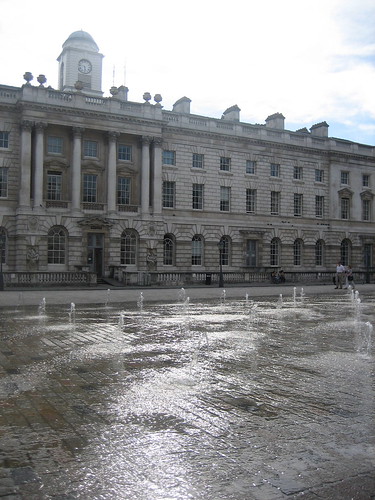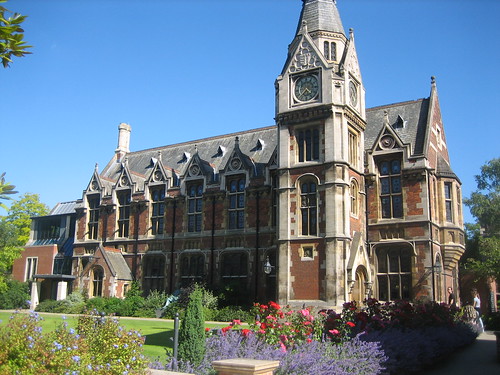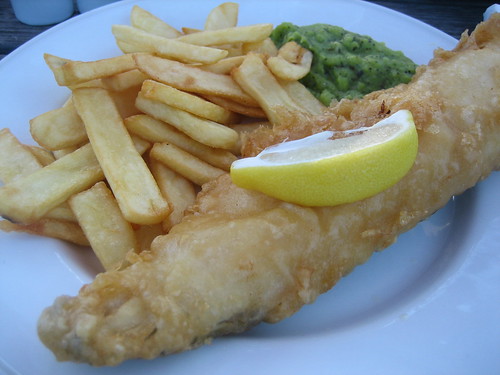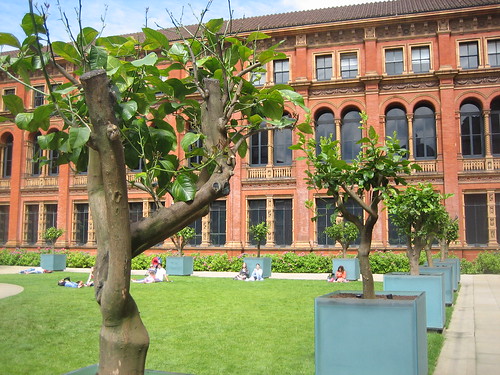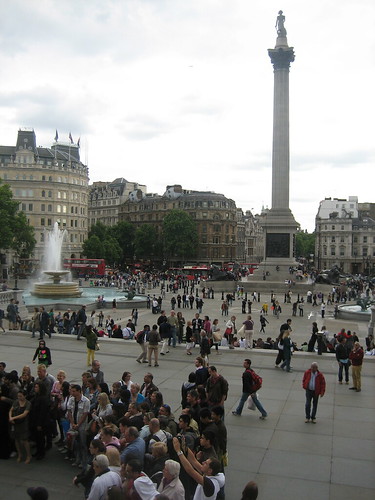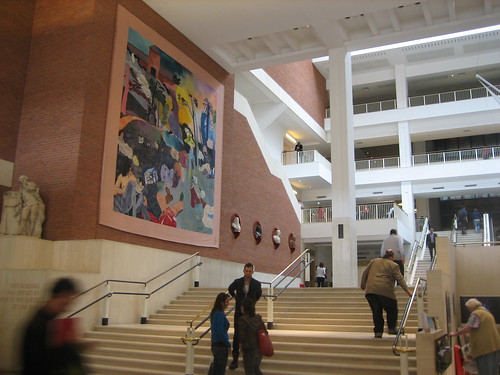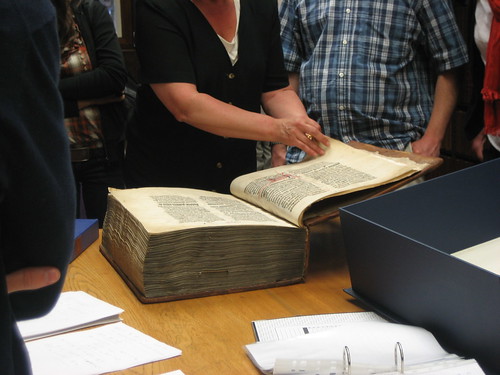My last night in London!
Today’s sessions were somewhat better. I think it helped that I had dressed more comfortably and the weather was cooler. David Nichols spoke again, and while his presentation had elements from the one he gave us at the beginning of the course, he made it specific to academia.
His most interesting point was that while there is all this data about what users are doing, no one is using to data to improve systems. The focus is on Web 2.0 – Twitter, Facebook, blogs – because it’s new and easy, and it’s much harder to change existing systems.
I totally agree. Every presentation had its arbitrary Web 2.0 slide, but it was always, we know it’s out there and we should be using it but we don’t know how. Then later someone mentioned a patient education system, and I thought, That’s what Web 2.0 should be used for.
Academics resist commenting on each other’s papers, at least publicly, so why not use blogs or Twitter to help educate patients and the average joe. Anthony mentioned Patient Inform, in which experts basically translate heavy duty papers for the lay person, but it’s dying because these experts don’t have time to do it, even though they’re getting paid to do so. I’m not sure how to solve that problem, but it seems Web 2.0 would be better used for educating others rather than trying to create a social network where the participants don’t want one.
At the end of the conference, there was a panel to discuss whatever topics people were interested in. I had been wanting to hear more about technology, and so when someone asked, “Does technology really change behavior?” I perked up. He used PowerPoint as an example, that while it helps make you more efficient, it’s still a series of slides.
Someone argued that PowerPoint has ruined writing, and that some people can only now “write in bullets,” when actually the problem is a lot of people don’t know how to write for PowerPoint, and throw up full text on a slide so you can’t get anything out of it.
Rather than technology changing behavior, I think the more provocative question is if behavior shapes technology. Look at e-ink – it’s been developed to be easier on the human eye. Look at the cool tech that British Library uses to let you turn the pages of rare book you’d never be able to touch in real life. Look at the audio tour of the Tate Modern, which is actually an audio and video tour because they employ a smart phone with a touch screen, where you can see other works of art to compare to the one you’re looking at in real life, as well as “touch” different parts of the work to hear more about it. It was really awesome.
That was sorely missing from this conference – designing tech to fit humans, rather than retraining humans to fit tech. Then again, this wasn’t a tech or design conference. The only thing someone was said was that the systems haven’t been designed with the way scholars work kept in mind.
Afterwards, our class and some faculty had a farewell dinner at the Spaghetti House right on Goodge. The food was very good. I had the puttanesca, which I basically inhaled, and cassate, a sort of ice cream cake with layers of Italian ice cream and sorbert.
Near the end of evening, Andy sang us a funny song, and then we all got certificates and wee gifties for having completed the course.
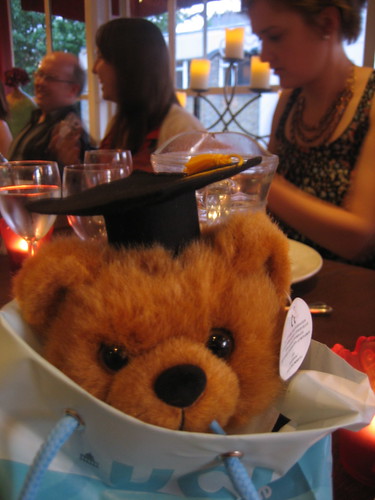
It was all very sweet.
I left pretty early, along with a few others. I always have a hard time saying goodbye. I get embarrassed, but I did manage to give out all my Moo cards.
I’m basically done packing. I’ll be up early tomorrow to throw in some last minute things, and then I’ll leave here at 10. New York here I come!


